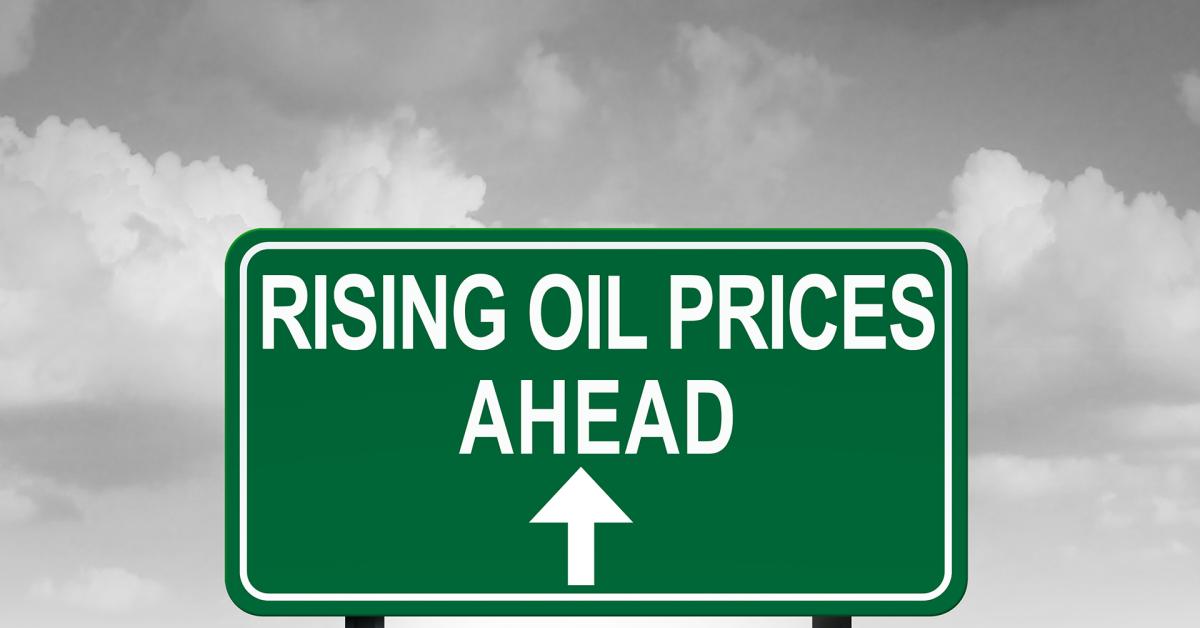CHICAGO — When Russia attacked Ukraine, the economic reverberations were felt all around the world, and the energy sector was perhaps the hardest hit. Sanctions leveled against Russia because of the conflict forced nations to find other sources of oil, causing supply to drop and prices to spike.
Dry cleaners with route services soon felt the difference as they fueled their vehicles to make their rounds. In Part 1 of this series, we examined some of the market forces at work causing pain at the gas pump. Today, we’ll examine some of the ways cleaners might have to lessen that pain.
The Surcharge Option
To maintain their profitability, dry cleaners must balance their own costs with what they charge their customers. When dealing with rising gas prices, cleaners have the option of raising their overall prices to maintain their profit margin, or they can add a surcharge to their delivery fees.
Norman Way, vice president of Puritan Cleaners in Richmond, Virginia, wrestled with this decision when the price jumped at the pump.
“I was talking with some other cleaners about if should we put a surcharge on our deliveries, and that, as one of my friends puts it, is a ‘whole-bottle-of-wine’ conversation,” he says.
Way examined the records for his 24-vehicle fleet. “I took a look at the month of February to see what my gasoline consumption was,” he says. “My gallons were very similar, and my costs, rounded up, were 0.5% of sales higher than the previous month.”
After weighing the pros and cons, Way made his decision: “Rather than creating any surcharges, we upped our prices plus the 0.5% to help compensate for that,” he says. “The surcharge thing just didn’t seem right with us, and when prices go down, we want that to remain as profit for us.”
Brian Butler, president of Dublin Cleaners in Columbus, Ohio, has six vehicles running 12 routes in his area. He faced the same decision as Way.
“I feel like I’ve got the devil on one shoulder and the angel on the other,” Butler says. “Dry cleaning is the last industry in our country that does not charge for delivery.”
Butler says that drycleaning delivery was structured around free service, a model most still use.
“We built these routes based on the promise that it’s the same price as if you come to the store,” he says, “and our product is not perishable. It’s not something you have to take out of the oven, run straight to one house and come back. You can load up a 200-stop route, and your time between stops is minimal. So why charge them?”
Increasing commercial real estate prices also play a part in factoring expenses.
“With the cost of branches being as high as the commercial rates have gone,” Butler says, “there are many arguments for those of us who are large and efficient about delivery that we might be spending less under this free-delivery model.”
On the other hand, Butler often wonders if he’s leaving money on the table by not charging delivery fees.
“At the end of the day, if I can quietly grab another $2 per visit on my routes every day, and so few people would squirm, maybe I’m making a tremendous mistake and not realizing financial returns lying there in front of me.”
So far, he’s covered the rising expenses by raising his overall rates.
“We feel like that’s the most direct and honest way to handle it,” Butler says. “I think people know what’s going on in the world. For the most part, drycleaning customers are successful people. If they don’t own or run a business, they’re involved in leading a business to some degree, so they’re having the same discussions. We’ve had our prices go up three times in the last six months — never a huge jump, maybe a quarter on a shirt. If the customer notices, they know why I’m doing it.”
Mark Albrecht and James Peuster, who co-own the drycleaning consultancy firm The Route Pros, have been asked this question about surcharges for route delivery, and they agree with Way’s and Butler’s decisions.
“Yes, some people have added a surcharge as a line item on a receipt,” Albrecht says. “We don’t necessarily recommend it. We have been recommending raising prices accordingly so that it doesn’t list an additional line item on the receipt. Consumers are very frugal right now. They’re upset at high gas prices, they’re upset at politicians, they’re upset at high meat prices, and so on. In our opinion, the last thing we want is for our clients to be upset with us, their trusted dry cleaner.”
“We had clients in the past who raised their prices and had no problem when gas went up,” Peuster says. “Those that added a fuel surcharge lost customers. What a dry cleaner needs to keep in mind is that the consumers are paying more for gas, too. But, by raising prices, you can hide the rising cost of everything.”
“It’s challenging enough to market our business and services to our clients and prospects,” Albrecht says.“We just don’t want to be looked at in a negative light like many other industries are right now.”
Come back Thursday for the conclusion of this series, where we’ll explore vehicle options for the future and where prices might go from here. For Part 1 of this series, click HERE.
Have a question or comment? E-mail our editor Dave Davis at [email protected].

